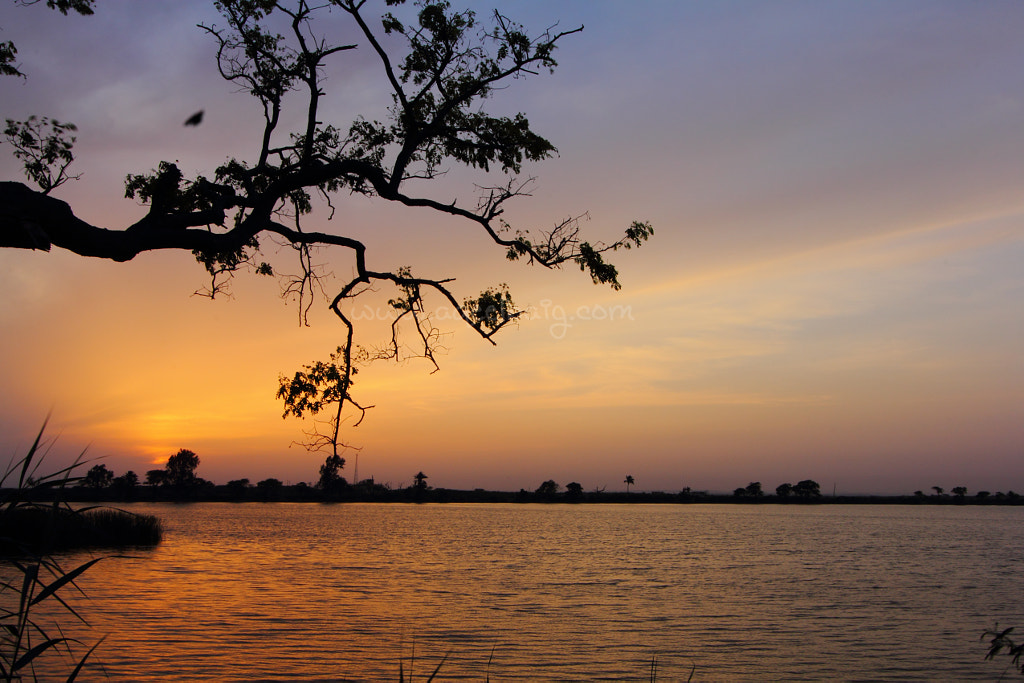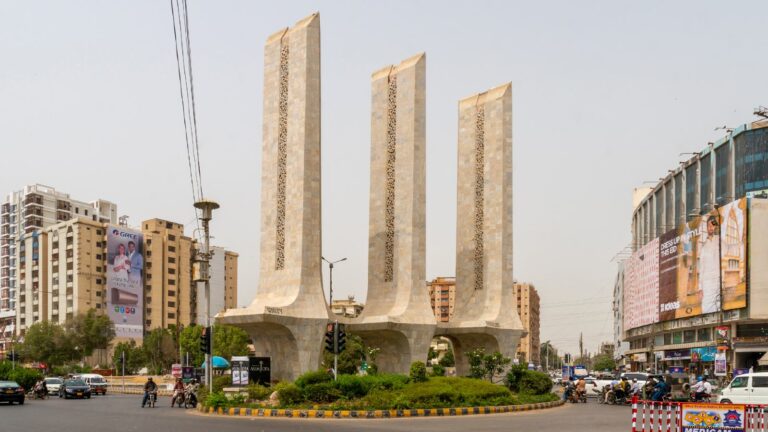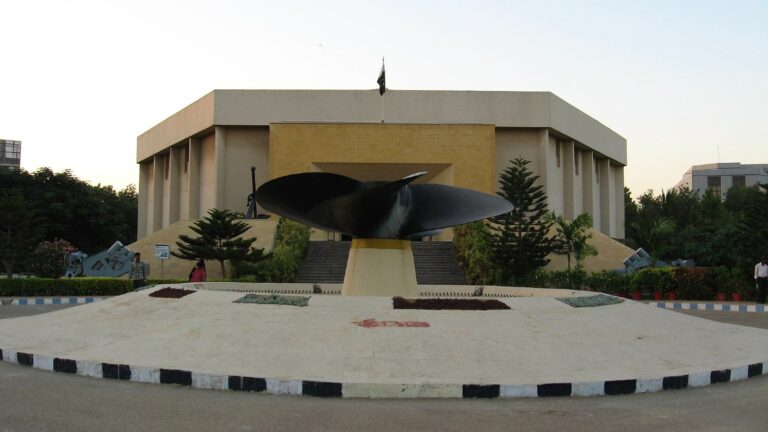Main image: Iqran Rasheed, CC BY-SA 4.0, via Wikimedia Commons
Getting There
Haleji Lake is a perennial freshwater lake in Thatta District of Sindh Province, Pakistan. It is 6.58 km2 (2.54 sq. mi) in size and is surrounded by marshes and brackish seepage lagoons.
The driving distance between Karachi to Haleji lake is 96 km. It takes approximately 2 hour 24 mints according to Google map.
What to Expect
Haleji Lake has become a go-to picnic spot for Karachiites to beat the heat and enjoy with their families. The Sindh wildlife department has recorded 22 bird species at the lake and about 100 crocodiles live there.
Haleji Lake is situated 70 kilometers (43 miles) from Karachi in District Thatta of Sindh, Pakistan. Being Asia’s largest bird sanctuary the lake is a paradise for bird lovers. Every winter between November to February thousands of migratory birds come from as far as Siberia to this lake to find refuge. It is regarded as one of the most important wintering areas of migratory waterfowl in Eurasia. Total area of Lake Haleji is about 19 kilometers (12 miles). The main water reservoir covers an area of 10.59 square kilometers (6.58 square miles) and maximum depth being 5.18 meters (17 feet).
Haleji Lake along-with nearby Hudero Lake and Keenjhar Lake forms a very large complex of waterfowl habitat. These lakes are now home of divers, dabblers, surface and deep water feeders and fresh and brackish water lovers. All these find this strange salt and fresh water mix a fascinating place to suite their moods and requirements.
As many as 223 bird species has been recorded in environs of Haleji Lake. The government of Sindh provided legal cover to preserve ecology of the region and Haleji has been declared as wildlife sanctuary.
History
Haleji Lake was a saline lagoon until the 1930s and was converted into a reservoir to provide additional water to Karachi. During World War II, additional water was required for troops stationed at Karachi. The then-British Government of Sindh Province decided to increase the capacity of the lake by introducing a feeder canal from the Indus River.
Salt water was drained out and an embankment was constructed around the lake which was fed with fresh water through a canal. The work was placed on a war footing and was completed within 24 months.












